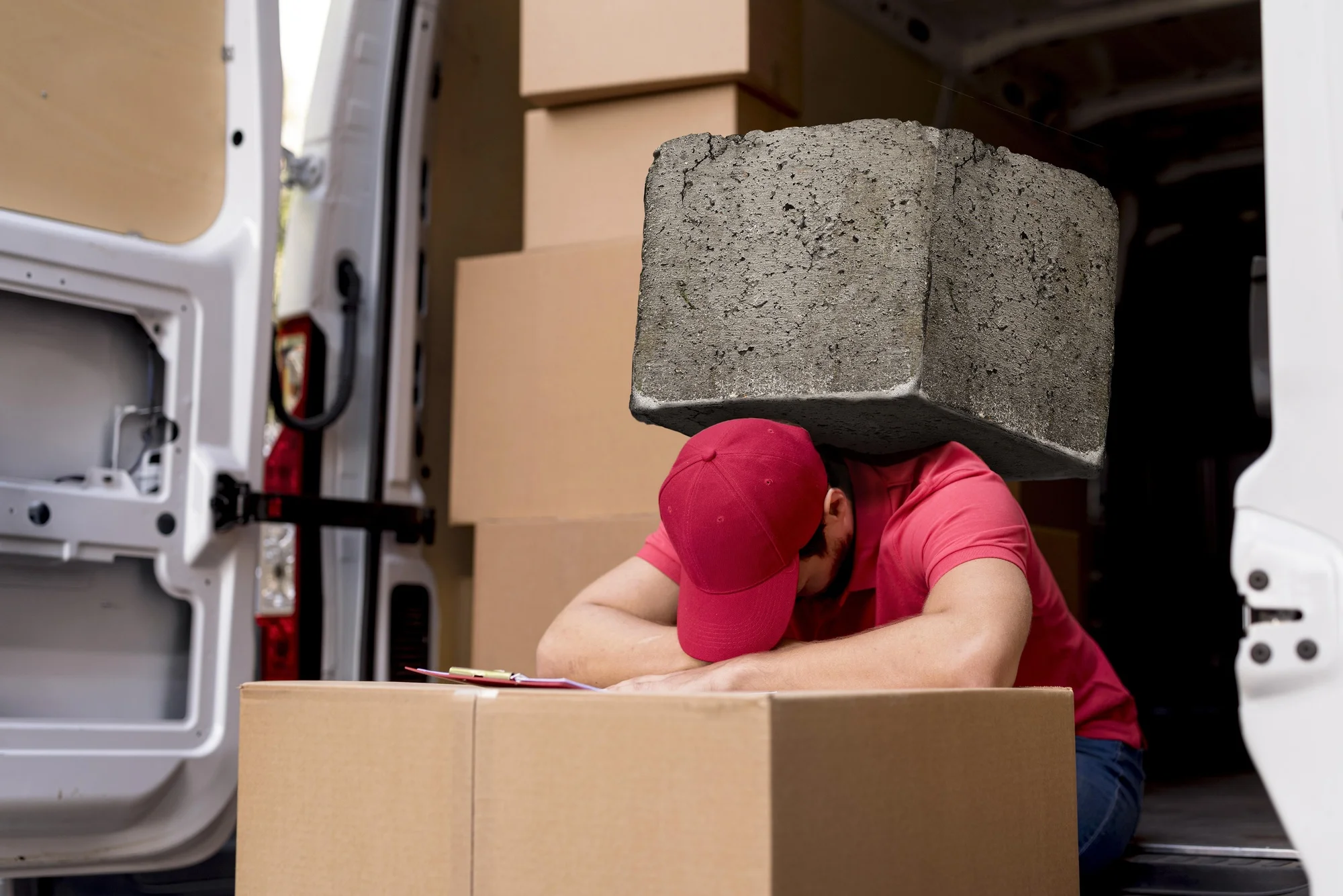
Moving large and heavy items can be one of the most challenging aspects of relocating or reorganizing a space. Whether you’re preparing for a residential move, setting up a new office, or simply rearranging furniture at home, the risk of injury and damage to your items or property is significant if proper precautions aren’t taken. In this guide, we’ll walk you through proven techniques, tools, and tips to move heavy and bulky items safely and efficiently.
Plan Ahead and Prepare Your Route
Before you lift anything, take the time to evaluate your surroundings. Measure doorways, hallways, staircases, and elevators to ensure your item will fit through. Clear the path from obstacles, rugs, wires, or furniture that might cause tripping or blocking.
If necessary, temporarily remove doors from hinges or disassemble parts of the item to reduce weight and bulk. Planning your route in advance helps minimize surprises and ensures a smooth and controlled movement.
Use the Right Equipment
Professional movers rely on specialized equipment for a reason. Investing in or renting the right tools can make a huge difference in both safety and efficiency.
- Furniture sliders: Perfect for dragging heavy items across floors without scratching or damaging them.
- Dollies and hand trucks: Ideal for moving heavy boxes, appliances, and furniture over long distances.
- Moving straps (lifting straps): These help distribute the weight and reduce the strain on your back and arms.
- Protective padding and blankets: Prevent scratches, dents, and damage to both the item and the surrounding area.
Protect the Item and Surroundings
Wrap fragile surfaces with moving blankets or bubble wrap. Use corner protectors for furniture, mirrors, and glass tables. For electronics or appliances, remove detachable parts and secure any loose components.
Lay cardboard or mats on the floor to prevent scratches. Pad door frames and wall corners if the object will pass through narrow spaces.
Know Your Limits and Get Help
Never attempt to move something too heavy by yourself. It’s not just about strength—technique and balance are just as important. Enlist the help of friends, family, or professionals who can support you during the lift.
Team coordination is crucial. Decide who will lead the movement and use consistent communication. If one person is on stairs or behind the item, ensure they can give clear directions and warnings.
Use Proper Lifting Techniques
When lifting, keep your back straight and bend at your knees, not your waist. Grip the item firmly and hold it close to your body. Avoid twisting while lifting—pivot with your feet instead.
Distribute the weight evenly between both sides of your body. For long or awkwardly shaped items, have one person on each end to maintain control and balance.
Break It Down When Possible
Some bulky items, like beds, wardrobes, desks, or gym equipment, can often be disassembled. This reduces weight and makes them easier to handle.
Keep all screws, bolts, and small parts in labeled bags and tape them to the item or store them in a designated container. Take photos of the disassembly process to help with reassembly later.
Use Ramps and Sliders for Stairs
When moving items up or down stairs, ramps and stair climbing dollies are incredibly helpful. They reduce the effort needed and improve safety. If you don’t have access to these tools, use a slow and steady team approach.
Place one person at the bottom to support the item and one at the top to guide it. Communicate frequently and take breaks if needed.
Don’t Rush the Process
Moving heavy items is not a race. Rushing increases the risk of injury and damage. Take your time to assess each step of the process. If something feels unsafe or unstable, stop and readjust.
Make sure everyone involved is well-rested and alert. Fatigue can lead to poor decision-making and mistakes.
Hire Professional Movers
For especially large, heavy, or valuable items—like pianos, safes, antique furniture, or commercial equipment—hiring professionals is often the safest and most cost-effective solution.
Professional movers are trained in handling difficult objects and come equipped with the right gear, vehicles, and insurance coverage. This not only protects your belongings but also saves you time and physical effort.
Final Thoughts
Moving heavy and bulky items doesn’t have to be overwhelming or dangerous. With the right preparation, equipment, and help, you can relocate your items without damage or injury. Always prioritize safety, be strategic, and know when to ask for professional support.
Whether you’re planning a full move or just rearranging your space, following these tips will help you keep everything intact—your items, your home, and your health.


